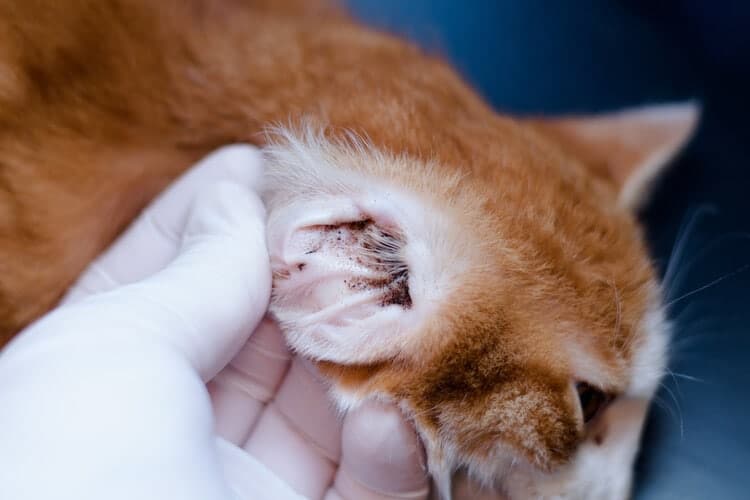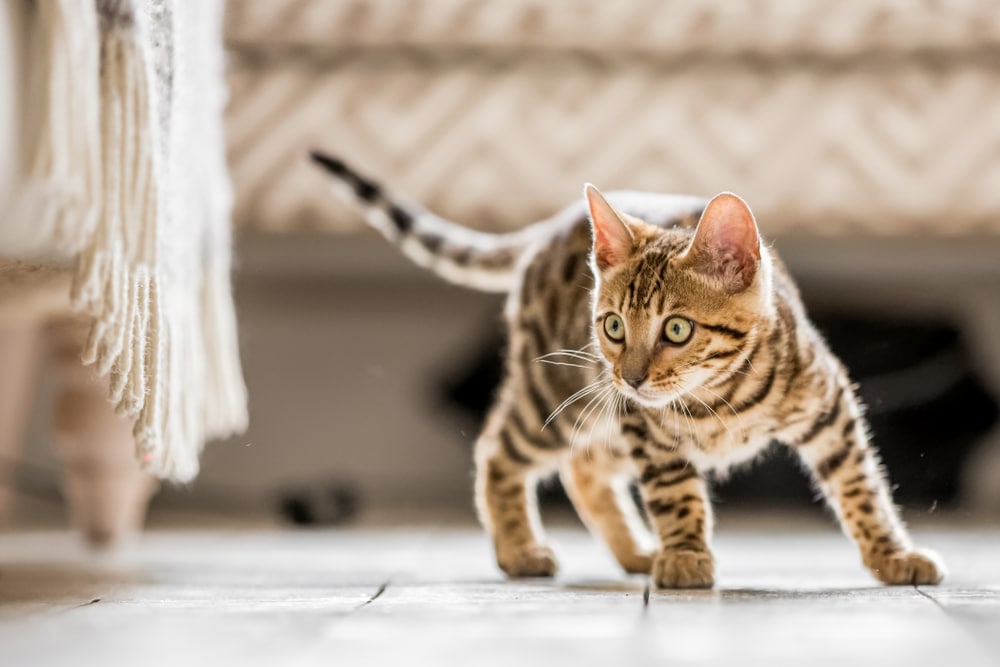Cats are adorable bundles of fur but can be prone to pesky ear mites.
- If your cat can’t stop scratching its ears, ear mites might be the culprit.
- Head shaking in cats could hint at uncomfortable ear mite infestations.
- Watch out for dark, crusty ear discharge in your feline friend.
- A bad smell from your cat’s ears might mean more than just hygiene issues.
Cats are known for their grace and independence, but even the most majestic feline can fall prey to annoying pests like ear mites. One tell-tale sign of ear mites is when your cat seems to be in a constant battle with its ears, scratching away as if trying to rid itself of a pesky itch. These tiny parasites settle in the ear canal, munching on wax and skin cells, leaving your cat with a bad itch and possibly an ear infection.
Another clue to ear mites is if your feline is suddenly putting on a head-banging performance. This isn’t a rock-and-roll moment but rather a desperate attempt to shake off the irritation caused by these unwelcome guests in its ears.
Noticing a strange discharge from your cat’s ears? You’re not alone. Ear mites often leave behind a trail of thick, dark, crumbly discharge that resembles coffee grounds. This discharge is a mix of earwax, blood, and mite secretions, which can also be a sign of other ear problems like infections or allergies.
That stinky smell coming from your cat’s ears? It’s not just about cleanliness. Often, this foul odor is a result of the dark discharge produced by ear mites as they feed off the ear’s oils and wax, leaving behind a stinky mess.
In severe cases, when mites decide to go on a little tour of your cat’s body, you might notice skin crusting and scaling on the neck, back, and tail. This usually comes with a surge in general itchiness and scratching, indicating that the mite issue isn’t just locked to the ears.
Keep an eye out for these signs and get your furry friend to the vet pronto to prevent more serious ear problems.










